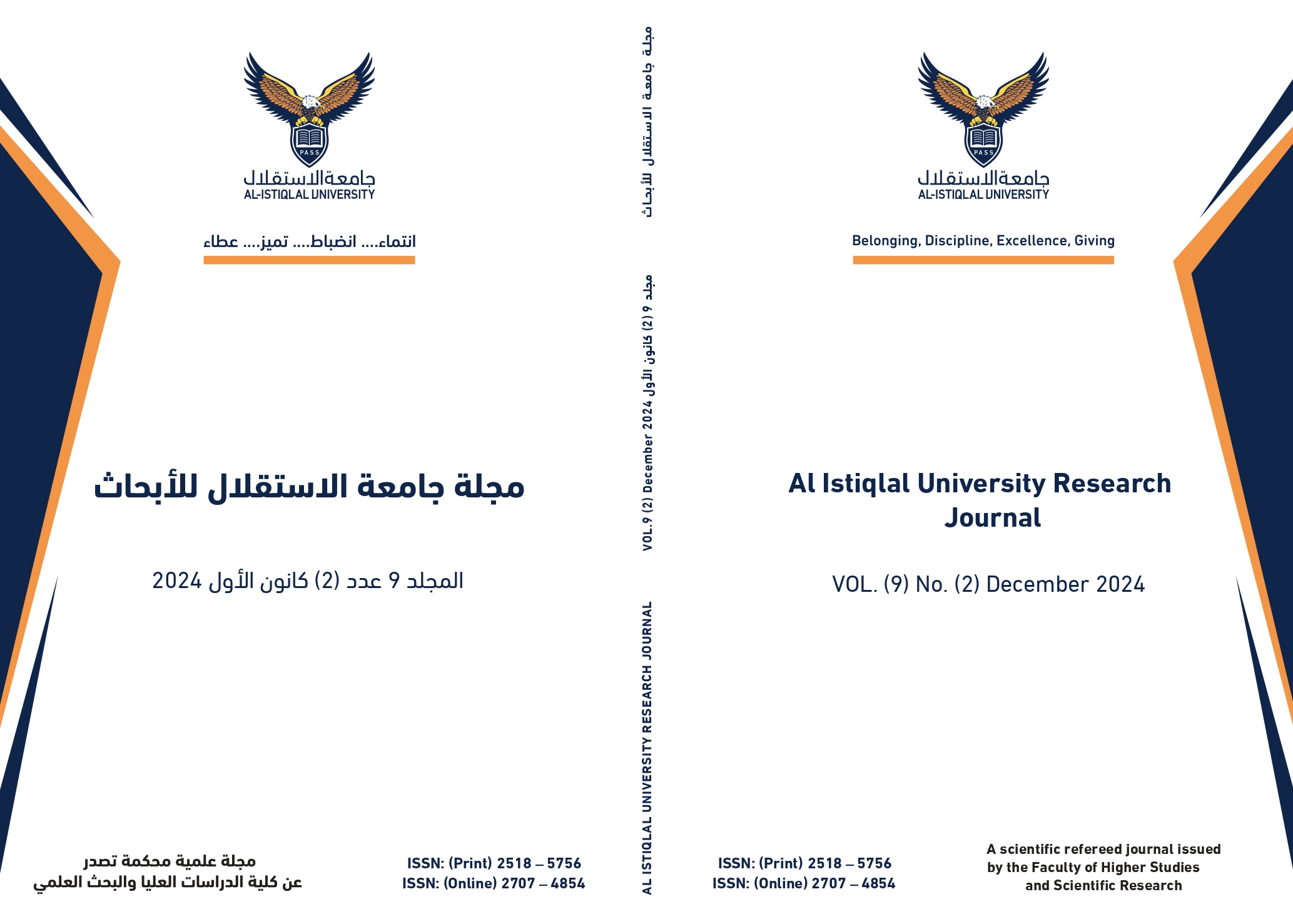Abstract
This study examines the science of jurisprudential differences in terms of the reality of this science, its origins, pillars, topics, and its connection to other jurisprudential sciences. One of the reasons for this study was the lack of comprehensive writing on the science of jurisprudential differences as a jurisprudential science, and the need for this science to be written about in a clear and simplified scientific manner.
The descriptive analytical approach was adopted, following its two methods: The inductive method in collecting information and ideas, classifying and tabulating them, and the deductive method in analyzing the information presented and deducing ideas from it. The study concluded with several results, including the need for jurisprudence to know the jurisprudential differences. The more the jurist and the jurisprudent effort to explain the difference and it does not appear to him, the more convinced he becomes that the issues share with each other within the jurisprudential or jurisprudential rule or the jurisprudential standard. If the influential difference becomes apparent to the jurist, it will be a reason for exceptions to the rules. Jurisprudence, and differences in rulings

This work is licensed under a Creative Commons Attribution-ShareAlike 4.0 International License.
Copyright (c) 2025 Al Istiqlal University Research Journal




